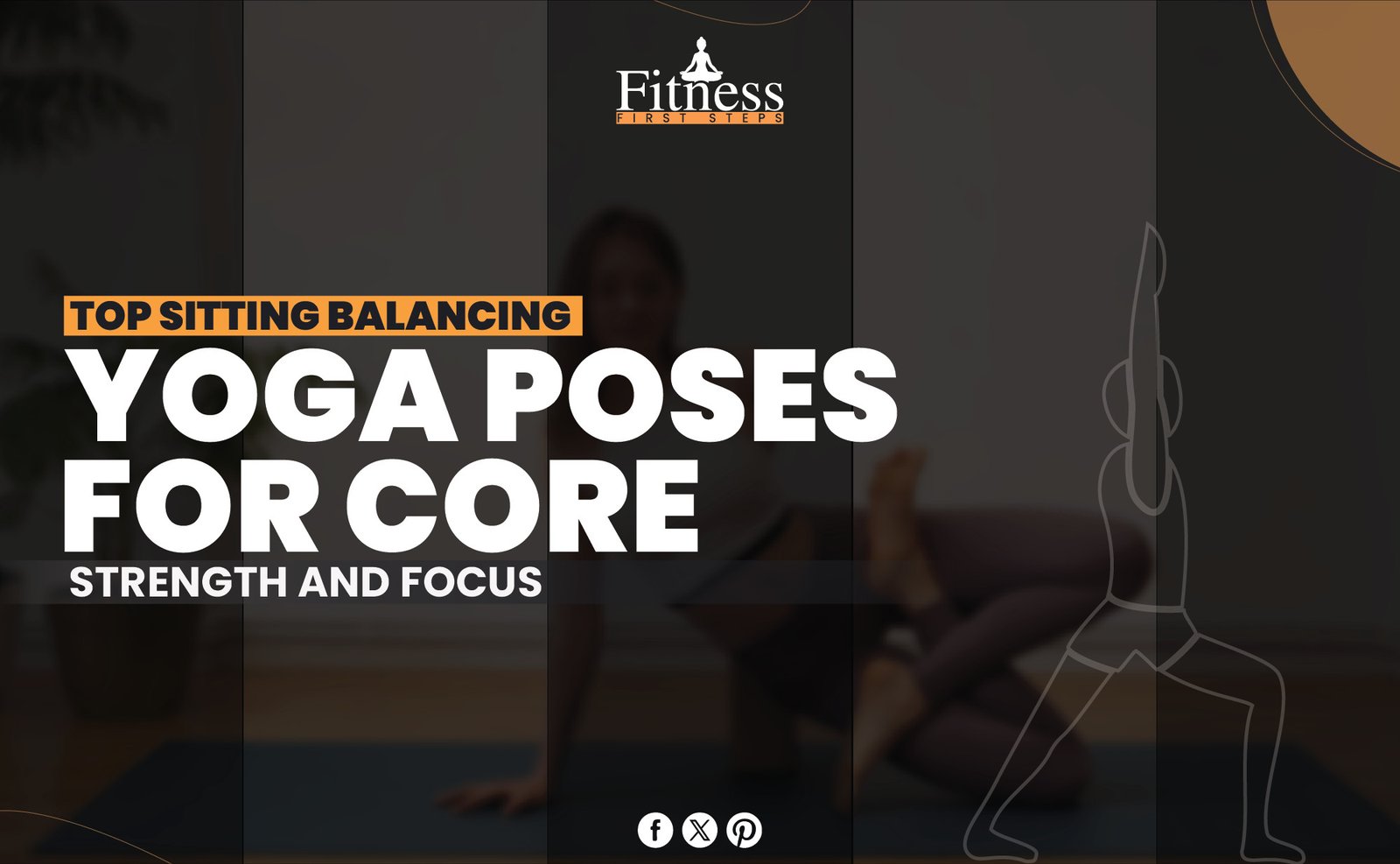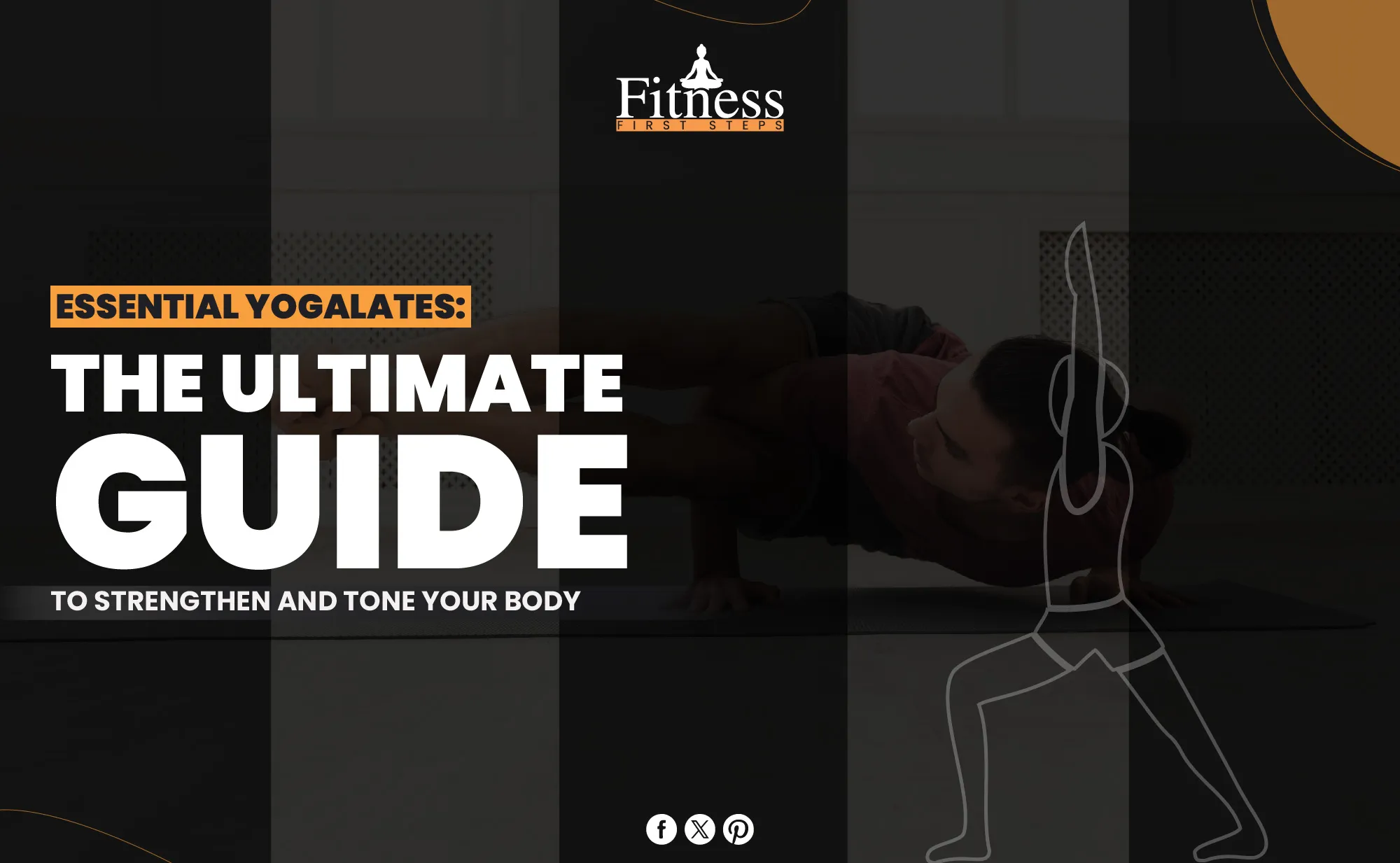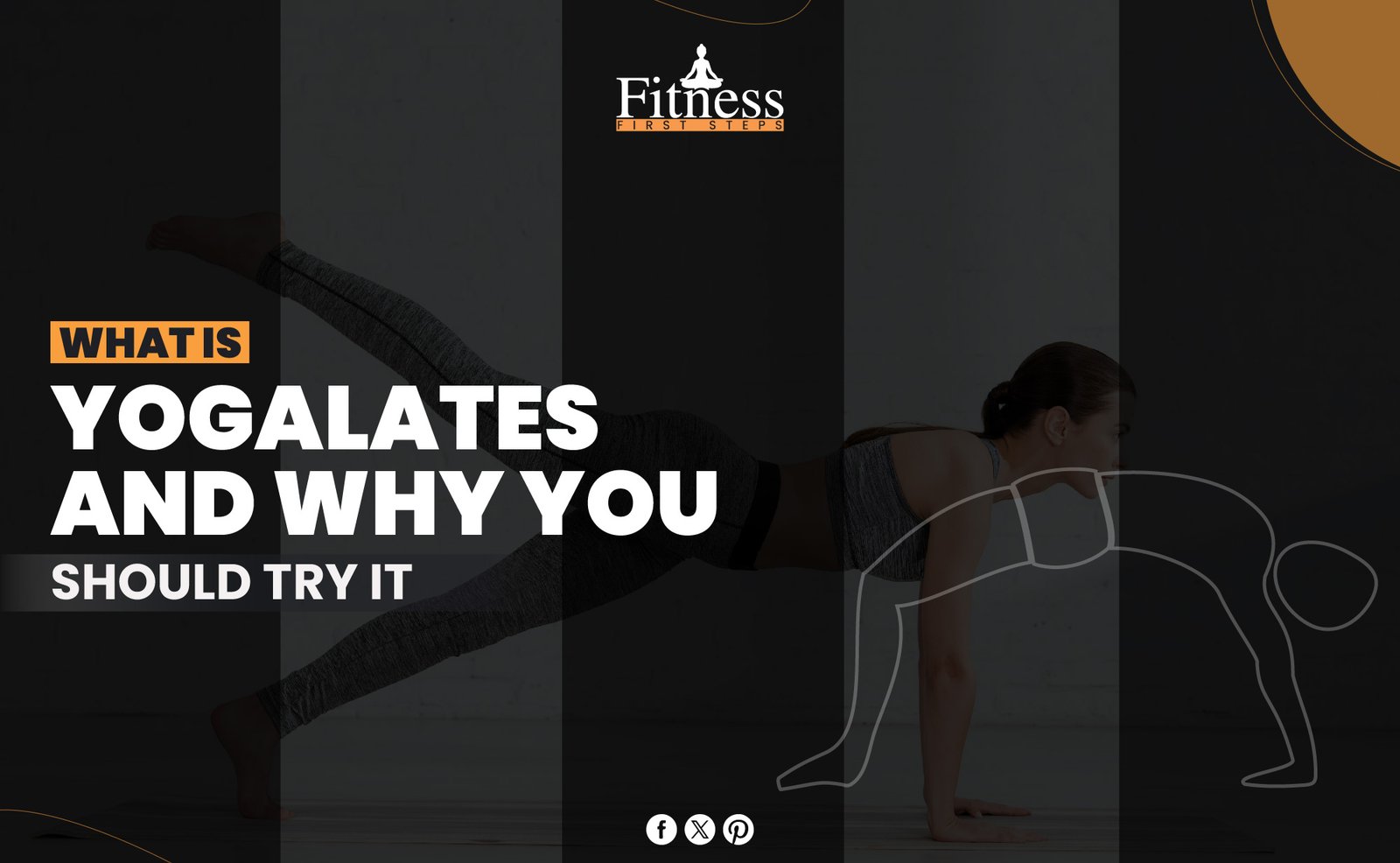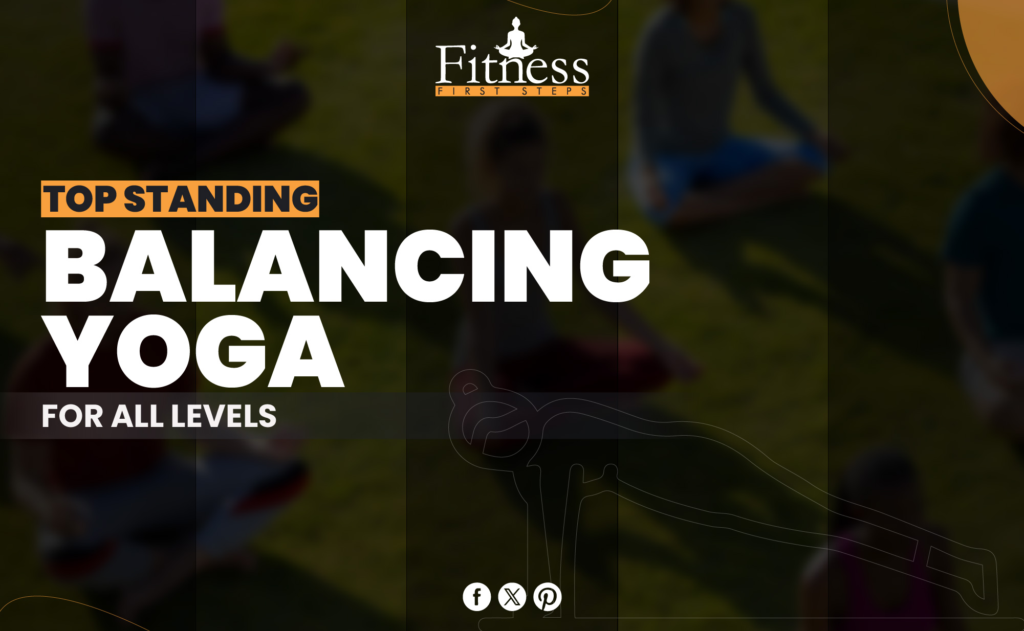Introduction to Camel Pose
Camel Pose, or Ustrasana in Sanskrit, is a spectacular yoga back-bending exercise that builds flexibility and strength. This pose gracefully connects the physical and emotional layers, fostering an open heart and fearless spirit. Kneeling and touching the heels expands the front body from the thighs to the abdomen, chest, neck, and beyond. Yoga practitioners worldwide love this pose because it increases spine flexibility and fosters inner openness and sensitivity.
The Foundation of Camel Pose
Mastering Camel Pose (Ustrasana) requires a firm foundation for safety and effectiveness. Starting with knees hip-width apart on the mat provides a sturdy foundation. Core engagement is essential for supporting the lower back by equally dispersing the bend. Hands are put on the hips or lower back to gently guide the body into the position, drawing the shoulders back and down to open the chest and keeping the neck long and relaxed. This conscious setting balances strength and flexibility, making Camel Pose successful and valuable.
Historic Background of Camel Pose
Camel Pose, also known as Ustrasana, has its roots in the old practice of yoga. Its name comes from the Sanskrit words “ustra,” which means “camel,” and “asana,” which means “pose.” For this pose, the name comes from the way the backbend makes the body look like a camel’s hump.
In the past, many yoga poses were based on natural things to help practitioners connect their mind, body, and spirit with the world around them. Ustrasana is an excellent example of this tradition with its heart-opening benefits and deep backbend. It shows how power and flexibility work harmoniously and connect people to nature.
The Benefits of Camel Pose
Discover the many benefits of Camel Pose (Ustrasana) beyond physical flexibility and strength. This pose enhances one’s yoga practice from physical to emotional levels.
- Improves Spinal Flexibility: Camel Pose deeply extends the spine, which helps relieve stiffness from sitting or standing.
- Strengthens the Back Muscles: Working out the lower back muscles strengthens that area and can help ease back pain.
- Opens the Chest and Shoulders: This exercise is excellent for people who spend a lot of time at a desk or computer because it makes the chest and shoulders bigger.
- Enhances Respiratory Functions: Opening up the chest allows you to take longer breaths, improving your lung capacity and breathing.
- Stimulates Abdominal Organs: Stretching the abdomen can stimulate the reproductive and digestive processes, which could lead to better health in those areas.
- Improves Posture: Camel Pose can help your posture by opening up your front body and improving the muscles in your back.
- Reduces Stress and Anxiety: Being in this pose can help calm your mind and lower your worry and anxiety.
- Increases Circulation: It improves blood flow all over the body, especially to the spine and pelvic area, which is good for general health.
- Promotes Emotional Release: Opening up the chest and heart in Camel Pose can help you let go of feelings that you have been holding in and heal your emotions.
- Improves Balance and Awareness: Camel Pose improves balance and proprioception, which makes you more aware of and in control of your body.
As we finish exploring Camel Pose’s many advantages, it becomes clear that this powerful asana is more than just a deeper backbend. It unlocks a more lively, balanced, and harmonious state of being, making it essential to overall health and wellness.
Step-by-Step Guide to Camel Pose
Learning Camel Pose (Ustrasana) combines stretching, strengthening, and soul-searching. This step-by-step tutorial will take you through this transforming asana’s beautiful arcs and contours for a safe and joyful practice.
Starting Position
In the beginning, get on your knees on the yoga mat so that they are hip-width apart. Keep your shins and the tops of your feet flat on the mat.
Hand Placement
Put your hands on your lower back so that the fingers point down. This will support your spine as you bend backwards.
Core Engagement
Use your core muscles to protect your lower back and stay stable during the pose.
Hips Alignment
Make sure your hips are straight over your knees. They shouldn’t move forward or backward; they should stay above your knees.
Shoulder Roll
To open up your chest, roll your shoulders back and down and slowly push your hips forward.
Back Arch
Take a deep breath and slowly arch your back, pointing your chest toward the sky. Keep your chin slightly tucked in to keep your neck from straining.
Reaching for Heels
Carefully put one hand on each heel as you slowly reach back. If you can’t get your feet quickly, tuck your toes under to raise them or put a block next to each foot.
Deepening the Pose
If it feels good, slowly drop your head back once you have a firm hold on your heels. Move your hips forward and lift your chest up and back.
Breath and Hold
Take deep breaths and hold the pose for three to five breaths or as long as you feel comfortable. Keep your hips pushing forward and your chest open.
Exiting the Pose
Leave the position by leading with your chest and supporting your hips with your hands off your heels. Sit back on your heels and slowly straighten up to neutral.
After Pose
Try a gentle forward fold like Child’s Pose to offset the backbend and loosen up the spine.
Hold onto the strength, flexibility, and openness of Camel Pose as you gently release it. This guide illuminates your yoga journey to a deeper connection with your body and yoga’s timeless knowledge. May each breath and bend enrich your practice as you explore the endless possibilities.
Tips for Beginners
Learning Camel Pose may be an exciting adventure full of discoveries and milestones. Beginners may find this new region intimidating, yet it’s full of yoga practice-building opportunities. These guidelines will help you build safety, understanding, and self-compassion at the beginning.
- Start Slowly: Be patient and aware of your body’s limits as you start your exercise. Don’t rush to get the full pose; take your time.
- Use Props: If it’s hard to reach your heels, put yoga blocks next to your feet. This change can help close the gap while keeping the right shape.
- Focus on Alignment: Ensure your shoulders are above your hips and your hips are above your knees to avoid pressure.
- Engage Your Core: Using your abs to support your lower back and keep your balance in the pose is essential.
- Breathe Deeply: Holding a steady, deep breath can help relax your body and let you stretch further.
- Seek Guidance: Ask a yoga teacher for help when trying new poses. Your practice can get a lot better with just a few changes.
As you finish Camel Pose and reflect on your practice, realize that every attempt deepens your connection. These basic yoga ideas are stepping stones and beacons of light for mastery and self-discovery. Celebrate your development; understanding each position is a dialogue with your body that grows with each breath and stretch.
Modifications and Variations for Advanced-Level Yogis
Camel Pose’s advanced versions are thrilling for those who want to challenge themselves. These changes deepen and polish the position, increasing its intensity and advantages for a more profound practice.
- Toe-Tucked Variation: Tuck your toes for easier heel access without compromising backbend depth. This might increase the stretch for advanced practitioners.
- Reaching for the Ankles: Reach back to clutch your ankles instead of heels. This deepens the backbend and stretches the shoulders and chest.
- Using a Wall: Enter Camel Pose with your back to a wall a few inches away. Reach for the wall with your hands instead of your heels to change your backbend angle and depth.
- One-Arm Variation: Camel Pose with one hand on the heel and the other toward the ceiling or opposite heel deepens the backbend and improves balance and focus.
- Camel Pose with Thigh Stretch: In Camel Pose, elevate one foot off the ground, bend the knee, and reach back with the same hand to grip the foot or ankle to stretch the quadriceps.
- Full Camel Pose with Backbend: Walk your hands down to the floor and press your fingertips to the ground behind you to deepen the backbend in Camel Pose.
- Dynamic Camel Pose: In Camel, inhale and elevate your torso, reaching your hands to the ceiling, exhale, and return to the entire posture. This dynamic movement builds strength and flexibility.
- Camel Pose with Heart Opener: Sit back on a yoga block or two between your feet as you enter the posture to deepen your chest and heart opening. This variation increases the front-body stretch and heart-opening component of the position.
These adjustments and variations add a new degree of challenge and exploration to Camel Pose, allowing experienced practitioners to deepen their practice and push their flexibility and strength.
The Emotional and Mental Benefits of Camel Pose
Camel Pose has tremendous emotional and mental advantages beyond physical exercise. This asana mirrors our inner landscapes and mental and emotional resilience.
- Promotes Emotional Release: Camel Pose opens the heart chakra, releasing pent-up emotions and promoting emotional healing and resilience.
- Enhances Self-Awareness: Being vulnerable in the pose helps you become more self-aware and reflective, which leads to a better understanding of your mental and emotional states.
- Reduces Stress and Anxiety: It is said that the deep stretching and opening that happens in Camel Pose can help calm the mind and ease worry and anxiety.
- Boosts Confidence and Courage: Asana practice and progress in Camel Pose can significantly enhance self-esteem and courage by forcing practitioners to face their fears and limits.
- Improves Concentration: Focusing on staying balanced and aligned in the pose makes your mind clear and helps you concentrate.
- Encourages Mindfulness and Presence: The pose is challenging on the body and mind, so people who do it have to be aware to stay in the present moment and touch with their bodies.
- Facilitates a Sense of Calm: Deep breathing with the pose makes you feel calm and relaxed, suitable for your mental health and stress control.
- Stimulates the Mind-Body Connection: The Camel Pose strengthens the link between body posture and mental states, which supports a healthy mind-body connection.
Not only do we get physical benefits when we slowly come out of Camel Pose, but we also get a lot of mental and emotional benefits. This trip through Ustrasana shows us the complex dance that our bodies and minds do. It makes us more grounded, aware, and in touch with our inner selves.
Common Mistakes and How to Avoid Them
We must be mindful as we embark on Camel Pose’s transforming journey. Identifying and avoiding frequent faults can make the practice safer and more enjoyable.
- Overarching the Lower Back: To keep your back from getting strained, use your core and hips to spread the bend evenly across your whole spine, not just your lower back.
- Pushing Hips Too Far Forward: Keep your hips over your knees to stay in the pose and keep your balance.
- Neglecting to Engage Thighs: Ensure your legs stay straight by using the thigh muscles to hold the pose and protect your lower back.
- Dropping the Head Back Too Far: First, keep the neck in a neutral position to avoid pressure. Let your head fall back slowly, but only as far as feels good. This will keep your neck loose.
- Forgetting to Breathe: Taking steady, deep breaths will help you relax into the stretch and improve your attention.
- Holding the Breath: Holding your breath can tense your body. Keeping your breathing steady can help you stay smooth and calm.
- Rushing Into the Pose: Mindfully enter and leave the pose, taking time and being aware of your body’s limits. Please don’t make sudden movements.
- Ignoring Pain: Listen to what your body is telling you. If the pose hurts, especially in the back or neck, slowly get out of it and get help.
Staying aware of these typical mistakes and using the ways to avoid them improves our Camel Pose practice. This mindfulness enhances our physical experience and connects us to the pose’s profound benefits, guiding us toward a more balanced and peaceful practice.
Incorporating Camel Pose into Your Routine
Adding Camel Pose to your yoga program can revolutionize it, providing several advantages off the mat. This pose helps improve flexibility, strength, and mental clarity.
- Warm-Up Adequately: Before trying Camel Pose, ensure your body is warm enough. Do movements like Cat-Cow or gentle twists that gently warm up your spine for backbends.
- Sequence Strategically: Camel Pose is best done midway or at the end of your session when your body is warm and supple. Peak pose prepares the body for meditation and relaxation.
- Pair with Counterposes: Use the Child’s Pose or Seated Forward Bend after the Camel Pose to relax the spine and balance the backbend.
- Regular Practice: Practice Camel Pose daily to enhance your backbend and get long-term benefits. The pose’s full potential requires consistency.
- Listen to Your Body: Listen to what your body tells you. There may be days when deep backbends are better than others. Listen to what your body tells you and change your exercise to fit.
- Mindful Breathing: While in the pose, try to take slow, even breaths to get the most out of it and to help you stay balanced and focused.
Camel Pose in yoga promotes growth, equilibrium, and reflection. If you approach this posture with patience, respect, and perseverance, you unlock a world of physical and mental advantages that will enrich your yoga journey.
Precautions and Contraindications
Camel Pose is a good asana; however, it should be done cautiously if you have health issues or injuries. Knowing its precautions and contraindications keeps everyone safe and supported.
- Back and Neck Issues: This pose is not recommended for people with severe back or neck problems. Consult a doctor or yoga instructor for customized changes.
- High or Low Blood Pressure: Try this position cautiously if you have high blood pressure. Practice under an experienced instructor and avoid the total position to reduce dangers.
- Migraines: Intense backbends like Camel Pose can cause migraines. This stance should be avoided during a migraine.
- Knee Problems: Anyone with knee ailments or discomfort should wear cushioning under their knees or find a substitute stance for Camel stance.
- Pregnancy: The abdominal solid strain in this position should be avoided by pregnant practitioners, especially in their second and third trimesters. Before practicing yoga during pregnancy, see a doctor.
- Hernia: People with a hernia might find that this pose worsens their situation and should either avoid it or modify it with a professional’s help.
A safe Camel Pose requires awareness and respect for your body’s boundaries. Follow these precautions and contraindications to enjoy the pose’s benefits while safeguarding your health and having a balanced and caring yoga session.
Complementary Poses for Camel Pose
Every yoga posture has rewards and challenges, weaving them into our practice. Complementary poses to Camel Pose function as discussions between body and mind, improving and balancing this profound backbend.
- Child’s Pose (Balasana): A gentle pose that helps relieve back, neck, and shoulder stress after Camel Pose. It calms the mind and soothes the spine.
- Sphinx Pose or Cobra Pose (Bhujangasana): You can do these gentle backbends as a warm-up for Camel Pose. They prepare the spine for more excellent extension and strengthen the back muscles.
- Standing Forward Bend (Uttanasana): It helps stretch the back and legs and provides a relaxing counter-stretch to the backbend, which allows the body to stay balanced.
- Cat-Cow Stretch (Marjaryasana-Bitilasana): This is an excellent movement before Camel Pose because it dynamically warms up the spine, makes it more flexible and relieves stress.
- Bridge Pose (Setu Bandhasana): As a gentler backbend, it can help you get more robust and flexible to do deeper backbends like Camel Pose.
Incorporating these complementary poses into your yoga routine helps create a smooth flow that balances stretching and strengthening. Camel Pose and these supportive asanas can make a complete yoga practice that calms the mind, nourishes the body, and uplifts the spirit.
The Science Behind Camel Pose
Camel Pose (Ustrasana) combines old knowledge and modern science to enhance physical, mental, and emotional well-being. Understanding Camel Pose’s science can improve our practice and show its tremendous effects on our body’s systems.
- Enhances Spinal Flexibility: Camel Pose deeply stretches the vertebrae in the spine, making you more flexible and possibly easing the pain from being stiff or having a bad posture.
- Stimulates the Nervous System: The backbend in Camel Pose turns on the sympathetic nervous system, which can make you feel more aware and give you more energy.
- Improves Digestive Function: Camel Pose can help stimulate digestion and alleviate constipation by stretching the stomach and intestines.
- Boosts Circulation: The part of the pose that opens the chest increases blood flow to the heart and lungs, which is good for heart health and helps the body breathe more air.
- Strengthens the Musculoskeletal System: Camel Pose regularly makes the muscles in your back, shoulders, and arms more robust, which makes your muscular system stronger.
- Promotes Emotional Release: Deep backbends like Camel Pose can help us release emotions and relieve stress by expanding the front body.
Camel Pose integrates physical health, mental clarity, and emotional resilience for complete well-being. We learn about Ustrasana’s ability to nurture and transform by studying its science, which motivates us to explore its layers.
Conclusion
In conclusion, Camel Pose is a yoga beacon that invites us to explore our physical and emotional selves. This backbend requires us to face our insecurities and accept the strength and flexibility that comes from openness. By practicing Ustrasana with patience, awareness, and dedication, we unlock a wealth of advantages that improve our practice and daily life. As we practice this pose, let it remind us of our beauty and resilience, inspiring growth, healing, and a deep connection to ourselves.
